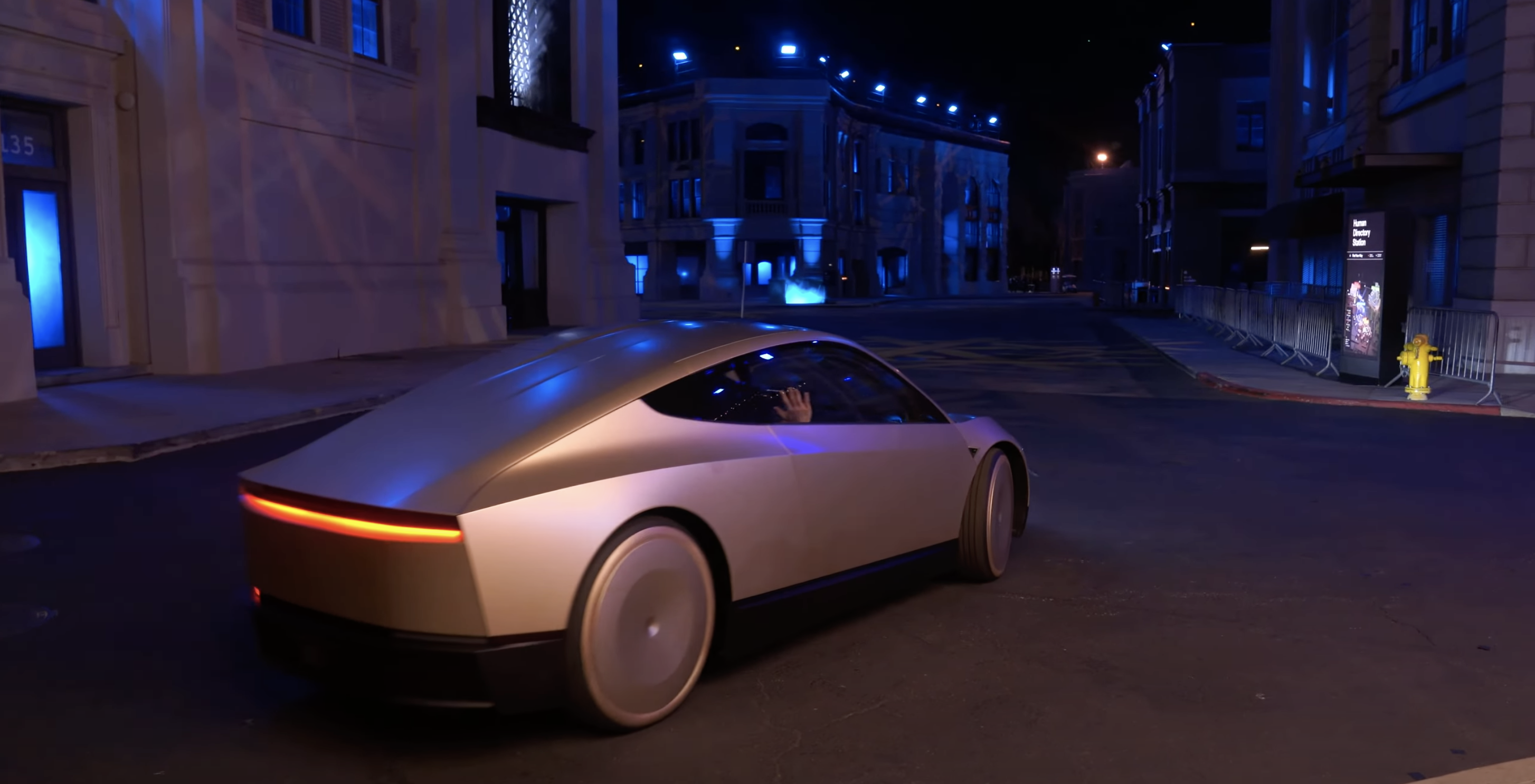Support CleanTechnica’s work through a Substack subscription or on Stripe.
The steady stream of good EV charger news keeps coming — this one is for over 850 new public chargers planned by IONNA for northern and central California.
“A huge thank you to Mayor Daniel Lurie 丹尼爾·羅偉, Senator Scott Wiener, City Attorney David Chiu, Supervisor Matt Dorsey, Commissioner David Hochschild, COO for PG&E Sumeet Singh, P.E., Deputy Director, ZEV Market Development for GO-Biz Gia Brazil Vacin, and our CEO Seth Cutler for joining us as we kicked off the first stop on the California Grand Tour.
“We’ve dropped a few behind-the-scenes moments and shared a few behind-the-scenes stats. IONNA has plans to deploy over 850 charging bays in PG&E service territory by the end of 2028, 450 of which in the larger Bay area!”
IONNA posted that information in a LinkedIn share. (To be completely strict, the utility’s service territory does dip down into the Santa Barbara area, which is southern California.)
About three weeks ago, an announcement was made concerning the 750 or more public EV chargers that will be installed in San Diego. So, that’s about 1,600 new EV chargers to be installed in California announced in just the last 3 weeks.
Because the federal EV incentives are gone, the expansion of public EV charging infrastructure matters even more. Continuous expansion supports EV adoption and California still has some EV incentives. Of course California easily has the most EVs in the US and this is true in part because it also has the most public chargers by far.
If California has the largest EV market of all US states and the Golden State has the largest public charger infrastructure that is also being expanded, combined with state EV incentives, will its EV sales greatly diminish due to the absence of federal EV incentives? No one knows exactly, but it may turn out that Californians keep buying both new and used EVs, just at a reduced pace.
Try as he may, Donald Trump has not shut down the installation of new EV chargers, and, soon enough he may become a lame duck if Republicans lose the House in Congress. “By running these variables through our model, we determine that the Republican Party are likely to lose 28 seats in next year’s midterm elections, with control of the House then likely returning to the Democrats. The almost inevitable downward pull of the electoral calendar itself, coupled with Trump’s currently lackluster approval score, would appear to pave the way to victory for the Democrats. After all, the model forecasts a Republican net loss of 28 seats, when to change the House majority only a net loss of two Republican seats is needed.”
Though he may have done much damage in only two years, it is possible in the second half of his term he gets stymied. Perhaps even more to the point, the bulk of clean energy and sustainable transportation work continues onward in many nations outside the US and he can’t stop it.
Sign up for CleanTechnica’s Weekly Substack for Zach and Scott’s in-depth analyses and high level summaries, sign up for our daily newsletter, and follow us on Google News!
Have a tip for CleanTechnica? Want to advertise? Want to suggest a guest for our CleanTech Talk podcast? Contact us here.
Sign up for our daily newsletter for 15 new cleantech stories a day. Or sign up for our weekly one on top stories of the week if daily is too frequent.
CleanTechnica uses affiliate links. See our policy here.
CleanTechnica’s Comment Policy




